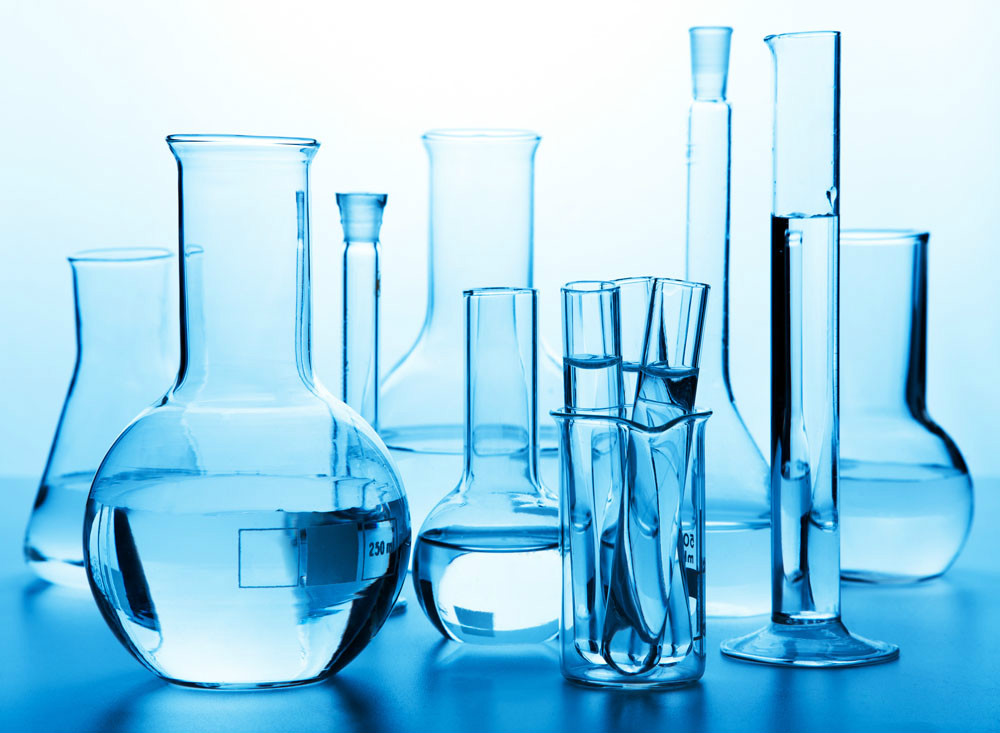Defoamers, as important additives, play a crucial role in improving product quality and production efficiency in many fields such as industrial production, food processing, and cosmetics manufacturing. However, with the increasing awareness of environmental protection and the increasingly strict regulations, the safety and environmental
friendliness of defoamers have become issues that cannot be ignored. This article will explore how to comprehensively consider the safety and environmental friendliness of defoamers from the aspects of component analysis, biodegradability, ecological toxicity, and sustainability assessment.

Component analysis is the basis for evaluating the safety of defoamers. Understanding the chemical composition of defoamers, including active ingredients, auxiliary ingredients, and potential impurities, is crucial for assessing their impact on human health and the environment. Confirm the type, content, and toxicity data of the active
ingredient. Analyze the safety of auxiliary ingredients such as stabilizers, dispersants, and preservatives. Ensure that the defoamer does not contain harmful impurities such as heavy metals and organic pollutants.
Biodegradability is an important indicator for measuring the environmental friendliness of defoamers. Defoamers that are easily biodegradable can reduce long-term pollution to the environment. Evaluate the degradation rate of defoamers in natural environments through laboratory testing. Analyze the toxicity of degradation products to
ensure that no new harmful substances are produced during the degradation process.
Ecotoxicity assessment focuses on the impact of defoamers on aquatic organisms, soil organisms, and the entire ecosystem. Test the toxicity of defoamers on aquatic organisms such as fish and algae. Evaluate the migration, transformation, and impact on soil organisms of defoamers in soil. The compliance of defoamers with relevant domestic
and international regulations is an important prerequisite for ensuring their legality and safety.
Assess the environmental impact of defoamers throughout their entire lifecycle, including stages such as production, use, and disposal. Consider the cost-effectiveness of defoamers, including procurement costs, usage efficiency, and waste disposal costs. Pay attention to the social responsibility of employees, communities, and consumers
during the production and use of defoamers.
In summary, considering the safety and environmental friendliness of defoamers comprehensively requires starting from multiple aspects. Through scientific and rigorous evaluation and management, defoamers can ensure that they improve production efficiency without causing negative impacts on human health and the environment.

 English
English
 Chinese
Chinese Vietnamese
Vietnamese
 HOME
HOME
 PRODUCT
PRODUCT
 NEWS
NEWS
 CONTACT
CONTACT


